This simple salad is probably my all-time favorite fiddlehead fern recipe. There's all sorts of advice out there on how to cook fiddles: blanch five minutes, blanch ten minutes, sauté afterward and cook them to death in oil, put them in lasagna and bake them to oblivion, then pull out long, soft and stringy noodles as you eat, etc, etc, ad nauseum.
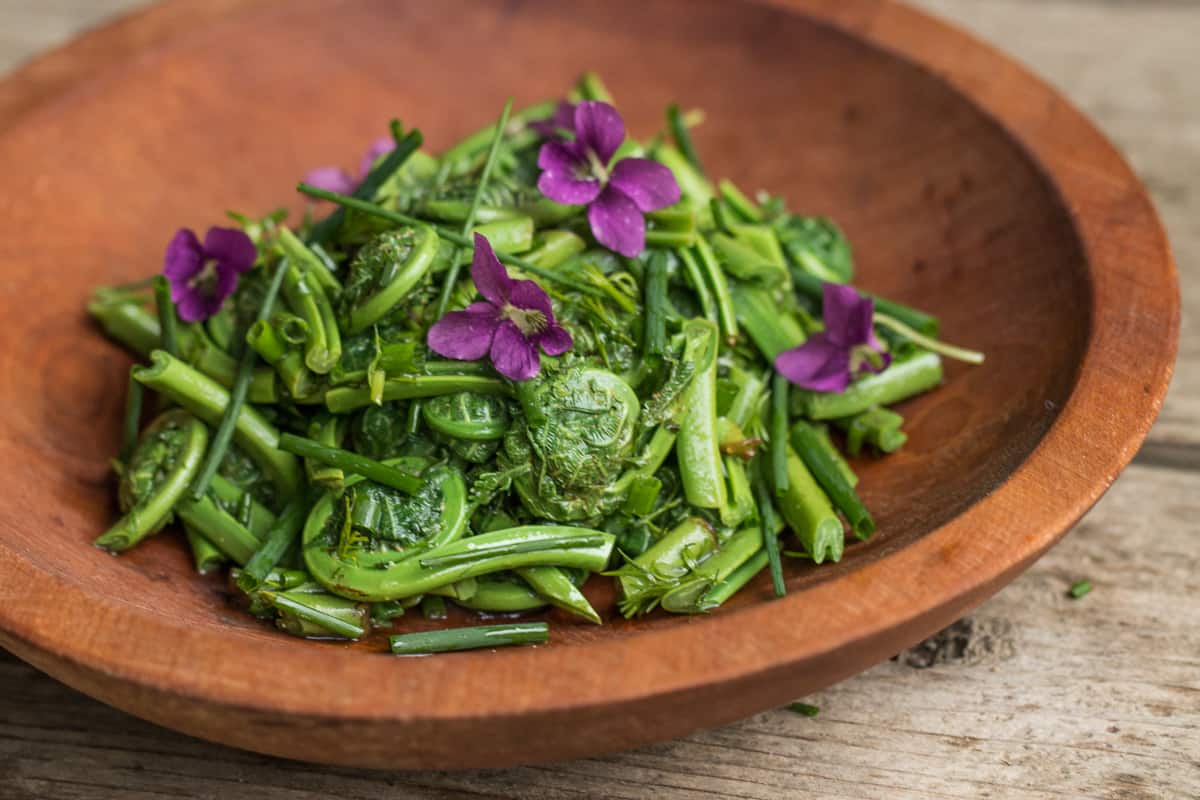
To save some time and be succinct, here's the crux of this recipe: you don't need to cook fiddleheads to oblivion.
There's a tendency we have with wild food to be cautious, and that is very well and good, but the old folk wisdom of extended, or even worse, the often parroted " this needs repeated boiling with changes of water" I often find unnecessary, and flat out wrong, with some rare exceptions.
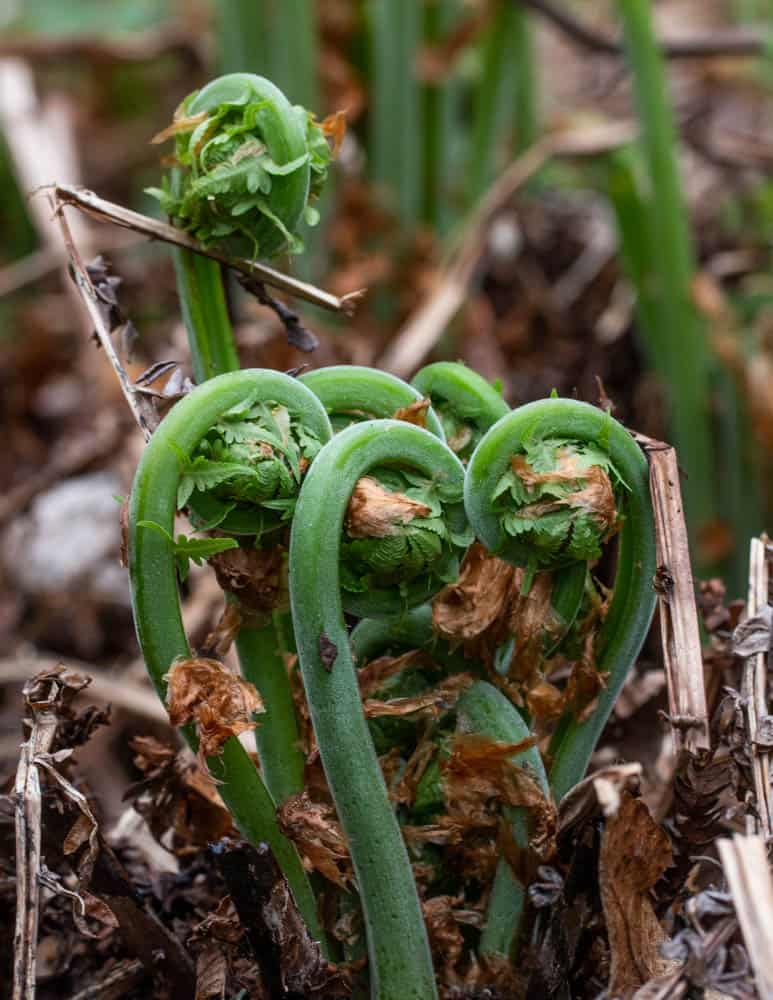
Ostrich fern fiddles (the only species I'm referring to here, others may need longer cooking, specifically bracken) should be cooked, as greedily eating them raw can make some people sick, something raw vegans have found out the hard way on some of my friends forays around the country.
In my mind they should be cooked not because they pose a big threat, but, in my mind, because they just taste better. But, there's a fine line between cooked and obliterated. The exact amount of time fiddles should be cooked is up for debate and comes down to personal preference a bit, but, for me, it revolves around a triumvirate combo of safety, aesthetics, and texture.
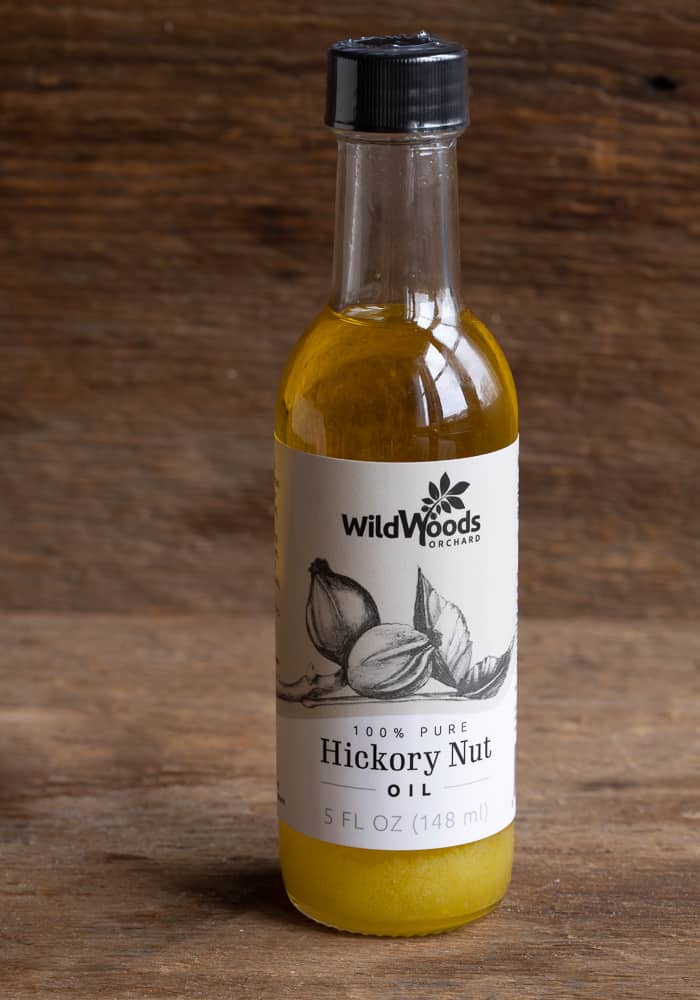
The safety part is simple, expose them to boiling water (preferably salted) for a couple minutes and you're good to go.
The aesthetics are slightly more complicated. If you blanch fiddleheads in boiling water for 1 minute, then shock immediately in an ice bath, they'll be crisp, but after a short period of time they'll turn black--no good for salads, or anything for that matter.
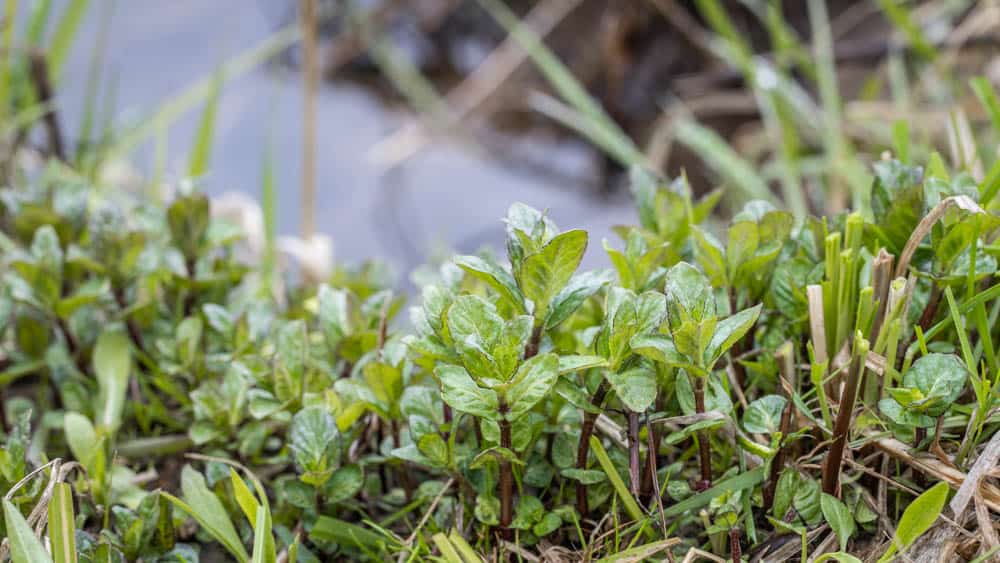
The ice water and blanching thing is a chef tic that I've been slowly shedding, and I can tell you now that true ice water is rarely, if ever necessary for actually cooling blanched food. Cool water, or in the case of our fiddlehead salad here, no water at all, can often be just fine.
The key to locking in the bright green color of the chlorophyll hinges more on the exposure to high heat than it does the refreshing in water/dropping of the temperature.
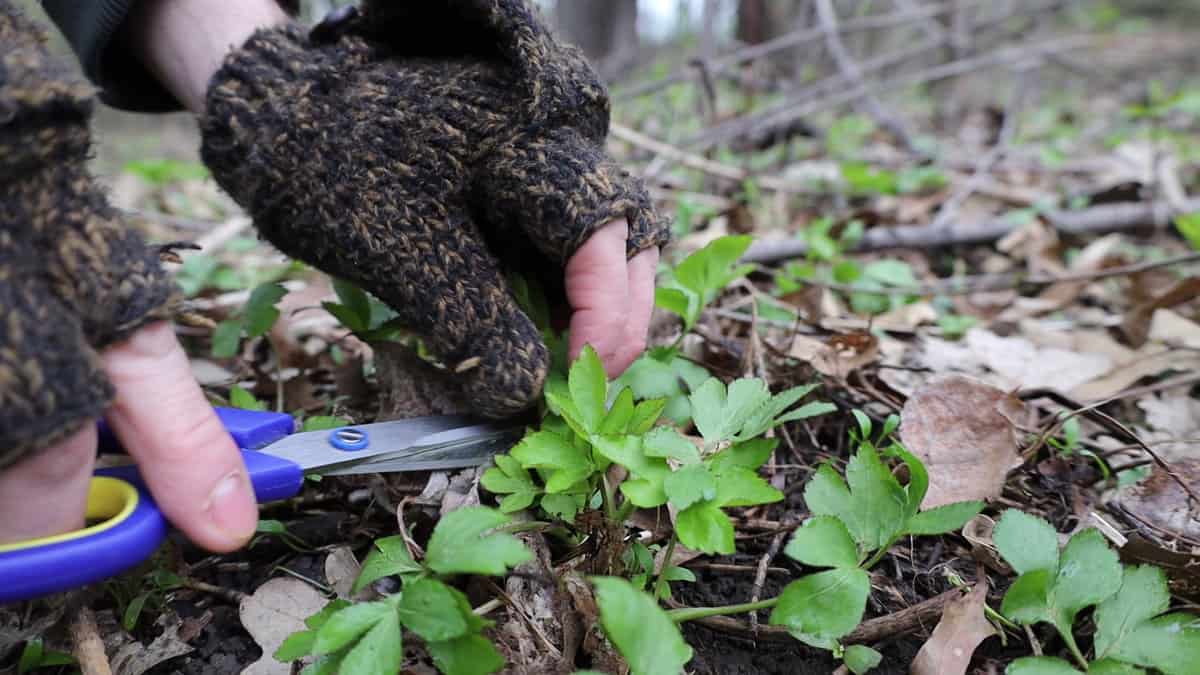
Lastly, texture. One of the greatest parts of eating a fiddlehead, at least for me, is a crisp, refreshing crunch, and that crispness is going to be reduced by extended boiling and sauteing.
The beauty of this salad, so simple that a child could make it with their eyes closed, is that the fiddles are cooked, but they retain that refreshing crunch because they're not overcooked. All it takes is a quick dip in water, and spreading them out to cool, then tossing with some flavorings and letting things melt for a few moments.
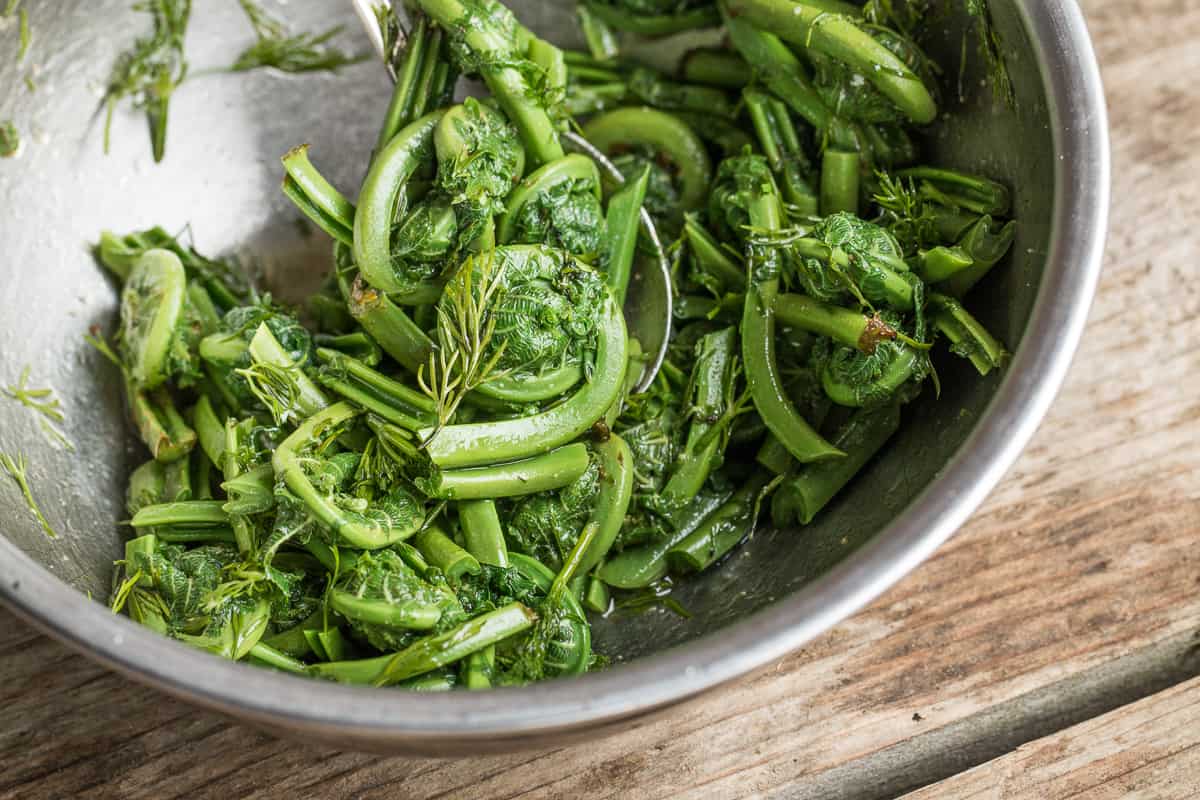
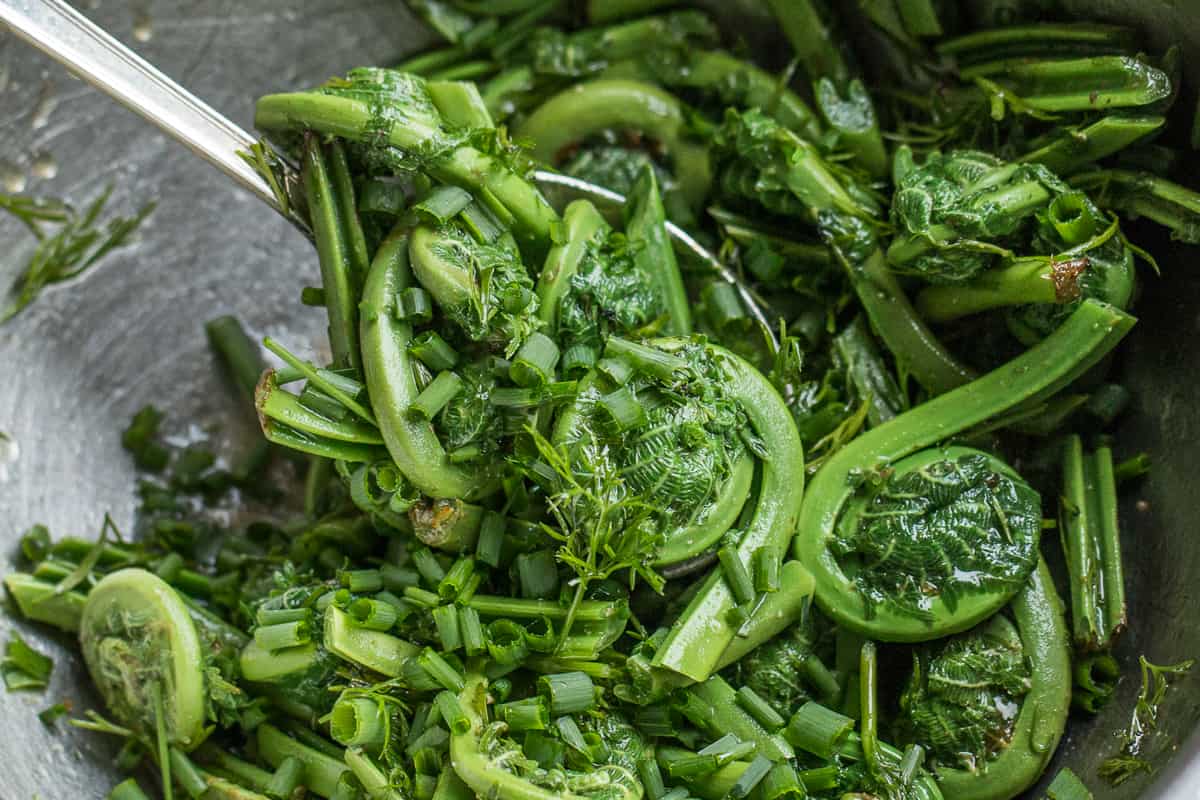
The glory of the crosier
We all love fiddleheads for that beautiful, natural shape only Gaia could create, but that tightly wound crosier has a far more delicious function than being cute as a button.
Those tightly coiled leaves are born, destined to soak up cool dressings and catch tiny pieces of herbs, and if you're anything like me, you'll find yourself digging around ravenously for every last juicy, crisp fiddle dripping with the natural vinaigrette that forms in the bottom of the bowl.
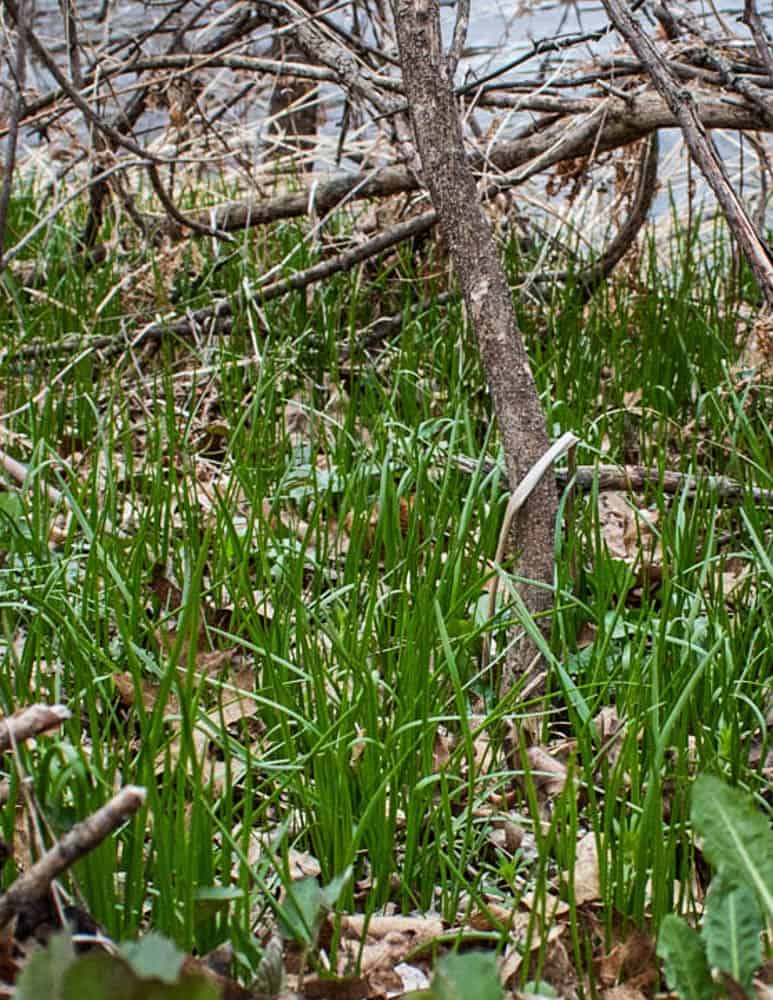
The mechanics of the salad are simple: blanch the fiddleheads, then toss with oil, salt, herbs, and some acid. I have a recipe below for the paint-by-numbers people, but it's hardly necessary, and I recommend you just use it as a guide for inspiration.
Season, taste, season again, and use whatever flavors you have available. I've included a few variations in the recipe notes. Don't forget some fresh herbs!
Similar Recipes
If you like this, I have a few other similar recipes you might like. Here's a few ideas:
- Sauteed Asparagus and Mushrooms with Fiddleheads
- Fiddleheads with Spruce Tips and Lemon Oil
- Fiddlehead Soup with Vegetables and Pesto
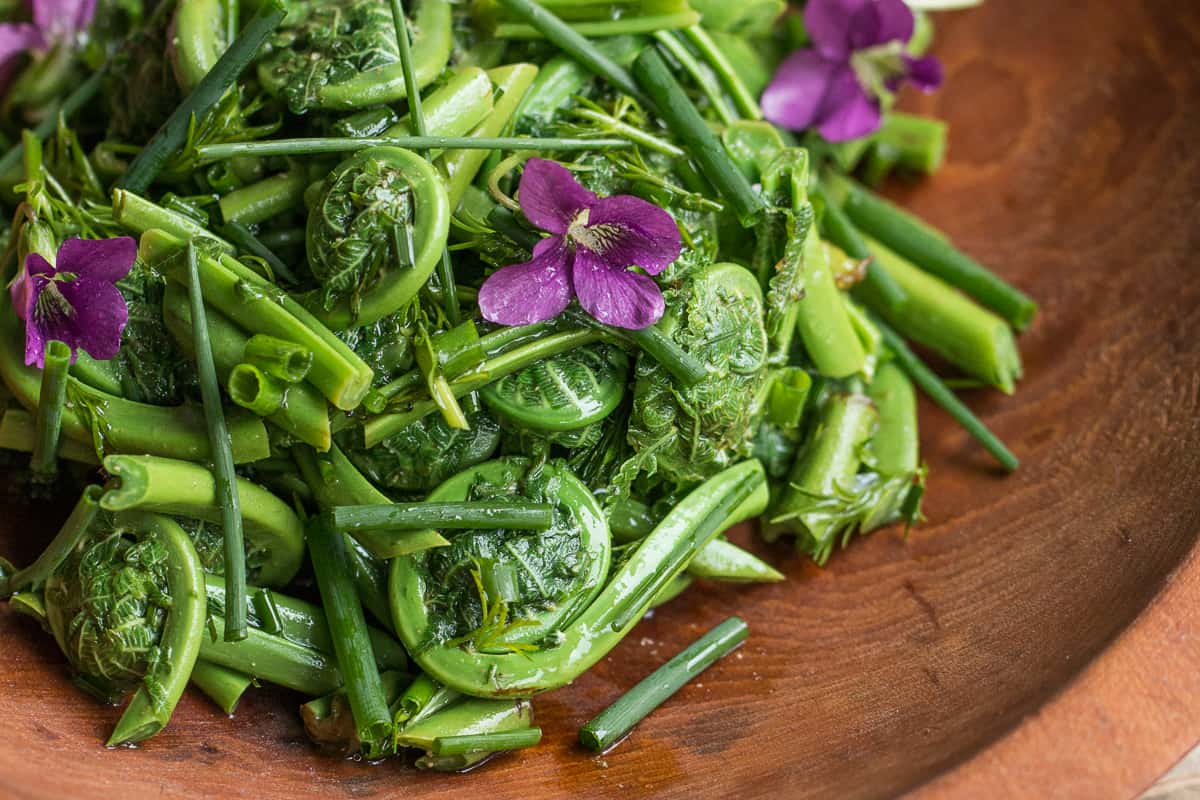
Simple Fiddlehead Fern Salad with Mint
Ingredients
- 8 oz fiddleheads with stems
- Kosher salt to taste
- Fresh cracked black pepper to taste
- Fresh chopped herbs like mint dill, tarragon or chives, to taste
- Freshly sliced wild onion greens, chives, or gently cooked green garlic
- ¾ Tablespoon Fresh lemon juice or apple cider vinegar
- 2 Tablespoons extra virgin olive oil or another oil you like in the video I use hickory nut oil from foragers harvest, which is great here.
Instructions
- Bring a pot of lightly salted water to a boil, then blanch the fiddleheads at a rolling boil for at least 1 minute, or until the texture is to your liking (no more than 2-3 minutes).
- Remove the fiddleheads to a tray with a slotted spoon and spread them out to cool naturally.
- Line the fiddleheads up and cut the stems into 1 inch pieces, leaving the crosiers (coiled top) whole.
- Mix the cut stems and crosiers with the remaining ingredients, taste and double check the seasoning, then adjust as you see fit for acid, pepper, salt and herbs. It is nothing to taste the salad two, three, or four times to get the balance to your liking.
- The salad can be made 15 minutes or so ahead of time, but will begin to discolor as the acid cooks the fiddles over time. To make it in advance, add all the ingredients, mixing in the lemon just before serving.
Video
Notes
- Adding other shoots is great here: asparagus, swamp saxifrage, wood nettle, dames rocket, use your imagination. Fiddles are just one type of delicious shoot we have.
- Add some small young greens like chickweed, watercress or others to make a larger salad.
- If you want to make the salad in advance, leave out the acid and add it at the last moment before serving.
- Don't forget the herbs. Herbs are part of what makes this exciting, use whatever you have, but try not leave them out since they help give it lift.

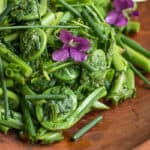
marysa
Thanks for putting together this guide for fiddleheads. I have always bought them at the grocery store, but it would be fun to be able to forage for them!
Jim McInnes
Whoops. forgot to click on the stars ...
Alan Bergo
Thanks, Jim, I appreciate that, Google is a cruel master and like it or not, they're important.
Jim McInnes
I made this last night and it was popular among the people at the table. The crunchy texture was appreciated. Of course I didn't have most of the ingredients you list but I did have mint and ramp leaves that went nicely.
It is the third time this spring that you have suggested a recipe for something that I happen to have in the fridge. Before it was dandelions and then wild leeks. I think I must live in a similar growing zone to you, with a similar forest around us so that the same plants are available at the same time. I am in Toronto.
Thanks. I made all three!
Alan Bergo
Jim, glad you liked it. You can cook them a bit longer if you like them less crunchy. And yes, I've been trying very hard to share things that people can go out and make at the very moment they're posted, it's complicated, and a lot more work than how I used to share things on this site, but the response from readers has been really great. I'm going to try and do my best to keep things as fresh as possible, we'll see how it goes once I get busier this year. I appreciate your words here.
Charlie DeSando
Looks great!!
Carla Beaudet
M. struthiopteris is not native to WV, so about 5 years ago, I planted some on the North and shaded West sides of the house. They loved where I put them, continue to spread, and they've been giving me a couple harvests of fiddleheads each year. I typically serve them warm, over pasta or rice, with morels if I have any, but I'll try your salad with them next year. (season is over now) I was entirely unaware of the "fiddlehead fearmongering", but had read that brackens contain carcinogens, and that other species just aren't terribly tasty, which is why I sought out the ostrich ferns to plant. M. struthiopteris is super easy to grow as long as you put it somewhere wet and shady. Deer ignore it, amazingly enough.
Alan Bergo
Carla, yes, part of the reason I shared the salad this year is because of that comment. The fearmongering is a real thing, and those shoddy "authoritative sources" are perfect examples.
Jan Wirth
Hi, Carla - I have loads of M struthiopteris growing on my property. They are easy to transplant, also like full sun, dry soil, and have now migrated into my raised beds.
Bonny Wagner
I have made this simple salad for two seasons. It is wonderful. Tonight I blanched my fiddle heads and made fiddle head mimosa salad with David Leibovitz asparagus mimosa recipe. Excellent.
Alan Bergo
Hey thanks Bonny. I just love how the croziers soak up whatever dressing you toss them with. The mimosa vin sounds great.
Ben Rosen
I wonder if you can do a fiddle head fern miso or shoyu ?
Alan Bergo
No I wouldn't try that. Adding some to kimchi, yes.
Ben Rosen
You had me had Fiddle head ferns . Yummy 🤤
Hannah
I made this salad as my first foray into fiddleheads. So delicious! Thanks for all the knowledge you share. I look forward to you newsletter every week
Alan Bergo
Thanks Hannah,
I never shared it publicly since I got to editing it in the summer last year so I figured I should remedy that before the season's done here. It's just so good.
Malte Rod
Hi there Alan Bergo. Just reading through your pages on fiddleheads while doing research on this wild vegetables. I'm from a part of the world, where this has traditionally not been eaten as widely. But I really like it. I've never had any gastrointestinal problems and so haven't people I've served it for either. But reading up cases now, I find some cause for concerns. I've read the cases from New York / Canada in 1994, the buffet in Anchorage in 2010 and the most recent case report of a woman in Maine experiencing acute (and obviously pretty painful) poisoning from eating only two raw crosiers in 2020. Interestingly, her partner did not experience any symptoms.. It seems pretty clear that ostrich fern shouldn't be eaten raw. The unknown toxin is clearly heat labile, but how we know how much is enough? The case in Anchorage in 2010 was from a salad where the fiddleheads where steamed for only 5 minutes. That seems to be similarly light preparation as recommended here. I'm not convinced that we have enough evidence to safely recommend only boiling fiddleheads for as little as 1 minute, after having read that case. I wish it was so though and hope someone will identify the toxin, so we will know more precisely how little is needed. Some people are clearly not as sensitive to the unidentified toxin (myself included, as I've eaten "lightly prepared" fiddleheads as described here), but other people are. I'm thinking this precaution should be included somehow, when we recommend ways of preparing this vegetable. What do you think?
P.S. Eagerly looking forward to your book.
Maine case: https://www.sciencedirect.com/science/article/pii/S1080603220300107
Anchorage case: http://citeseerx.ist.psu.edu/viewdoc/download?doi=10.1.1.799.7446&rep=rep1&type=pdf
Alan Bergo
Malte, this is a great comment, thanks for sharing. I read the articles, and took some time to comment on them. Here's the deal, as I see it.
Fiddlehead fearmongering is common, and these two articles, hiding under the authoritative guise of being written by academics with heavy annotation, are perfect examples of people not knowing what they're talking about, regurgitating misinformation divined from bunk research.
First the Maine case.
This one really grinds my gears. In the beginning of the article, they seem to insinuate that the State of Maine's guidelines for fiddleheads are incorrect somehow, when they're not. Matteuccia struthiopteris, (ostrich fern), and Pteridium aquilinum (bracken) are eaten around the world. The ignorance of the author of the article, S Bryn Dhir, a supposedly well-known physician-scientist specializing in wilderness medicine, is remarkable here. She briskly discusses both the aforementioned ferns and insinuates that there are unresearched toxins in them, citing the case report of a single person as supposed proof. What's helpful here is the picture supplied by the woman or family member who ate the ferns, since, even many amateur foragers I know ferns would be able to tell you immediately from the picture that the ferns the woman ate were Osmundastrum cinnamomeum (cinnamon fern) or something comparable. Either way, the woman who got sick didn't eat either ostrich ferns, or bracken ferns, yet her experience of poisoning is used as ammunition to further fern fearmongering. This sort of logic is like saying you shouldn't eat ramps because lily of the valley is toxic, or that we shouldn't eat parsnips or carrots because hemblock is deadly, since, while the plants share a passing resemblance, they are completely different plants, placed in completely different genera. They are absolutely not the same plant, and the logic of the author, as well as her lack of research is shameful and perpetuates unfair stereotypes about wild food.
Next, the second article. In this case, there were a bunch of people who got sick from eating ferns someone brought to a potluck. The question is, what species of fern did the person cook? Even if they bought them from a distributor, wholesalers have been known to, on occasion purchase species not fit for eating, selling them under the name of "fiddleheads" which then gets applied erroneously to the most well known edible (ostrich fern). This is another great example of faulty research being used to stoke fear of wild food as no where in the article, is the species of fern eaten described, as there was none of the salad left to photograph or document. From there, they just say "fiddleheads" caused the poisoning, when the term "fiddlehead" without using a specific epithet to identify the species, could refer to, oh, 5000 or more species (a ballpark guess on my part, but you get the point), many of which are not safe to eat, cooked, raw, or otherwise.
Brackens are a little different. As an aside, here's my opinion on them.
While brackens are a bit suspect from the information I know regarding carcinogen studies in Korea, it doesn't change the fact that they are a traditional food with ethnobotanical documentation going back a very long time. The problem compounds in bracken are heat-volatile, and drastically reduced by boiling. But, as the vast majority of bracken is consumed after dehydrating without pre-boiling (they're sold by the tons in America via Asian markets under the name "fern bracken-Chinese" or "warabi-Japanese" I think it's safe to assume that the compounds are not as reduced as they would be
if the ferns were to be boiled and then dried as I shared in my post on dried fiddleheads earlier this year.
Tying things up here, I know this is an overly verbose reply, but it's necessary as fern misinformation is a pet peeve of mine, please don't take it as preaching on my part, I just wanted to share how looking closely at articles like that, which can seem very authoritative at first glance, may be based on faulty logic. I won't be changing anything about my recipes or preparation for ostrich ferns.
Finally, I'd invite you to read Sam Thayer's article on fiddles, which is a great one. His research is without equal on the subject IMO, and this is only a taste of the knowledge he shares.
https://www.foragersharvest.com/uploads/9/2/1/2/92123698/fern_fiddleheads.pdf
Malte Rod
Alan, I appreciate you taking the time and don't find your reply verbose at all. The devil is in the details with these things I find your argument convincing and the errors you point out in the articles quite damning. Wilderness & Environmental Medicine is a peer-reviewed journal and I wonder how the Maine case report was accepted with such a great error in species identification. You can't put a plant species in both abstract and keywords, when the case in point has nothing to do with it. Perhaps you should send your comment above to the editors? I'd like to know what they have to say in response. I also now understand how a vague term like "fiddlehead" - which I assumed referred to Matteuccia - can be used to spread misinformation and confusion. Osmundastrum is a species I've only heard of and actually have ordered to plant in fall to get to know better as a potential edible (it is not native to our region).
It's difficult to make any clever use of the Anchorage case, when we don't know which species it concerns. Again, I did not even consider that the fiddleheads in case would be anything else than Matteuccia. I see that there are a number of cultural circumstances that make me more susceptible to the fearmongering and misinformation you note.
Apropos bracken, there's a researcher called Lars Holm Rasmussen here in Denmark who worked on Pteridium and ptaquiloside (the main toxin supposedly causing the cancer). One interesting thing he found were many populations of P. esculentum in Aotearoa / New Zealand with no trace of the compound, in fact only 15% of them had it. All the populations of P. aquilinum studied in Denmark contained it. His hypothesis is that there is a ptaquilosid genotype, which I take opens the possibility of identifying non-toxic types of this fern. He also found that the concentration of the toxin varied significantly during the season and that local harvesting traditions avoided those peak periods, which was not the case in Japan.
Great article by Sam Thayer, clears up a lot. Do you why Sam Thayer considers Osmundastrum / Claytosmunda toxic? If they both really are detestable, I won't spend too much time looking, but I'm curious.
Alan Bergo
Malte, thanks for being open to reading Sam's article. When I see him tomorrow I'll ask him about the Osmundastrum.